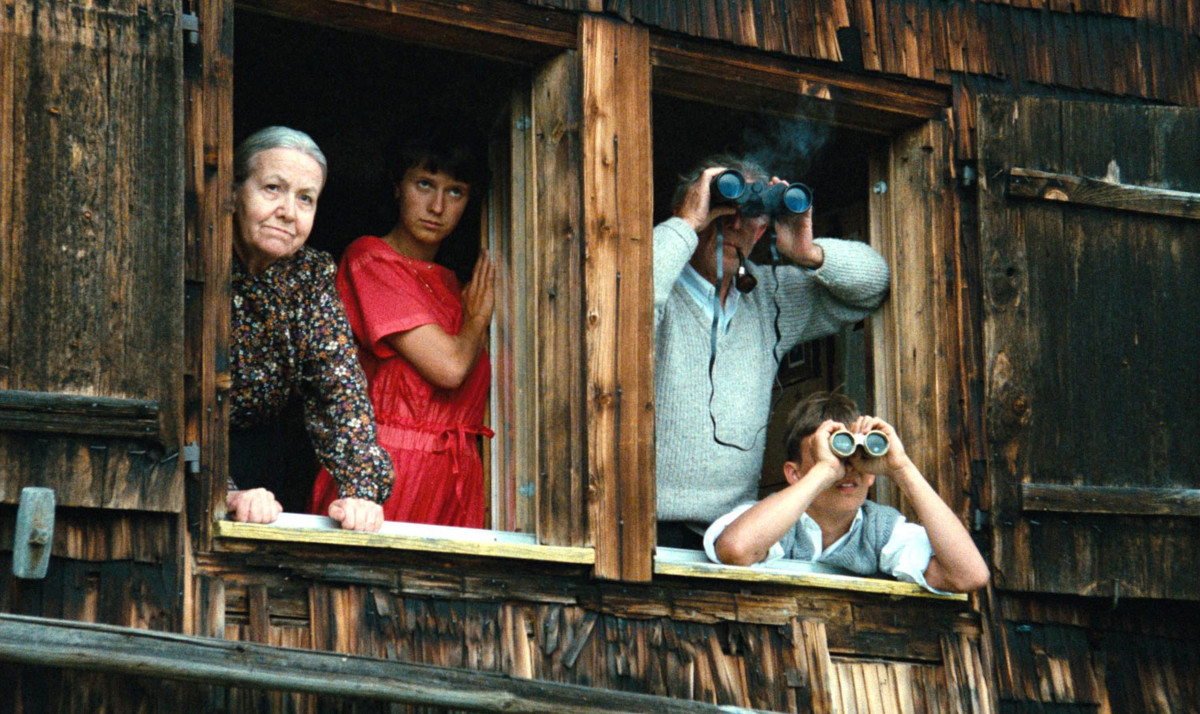Swiss Cinema

Swiss cinema occupies a unique space in world film — modest in scale yet striking in its diversity. At the crossroads of languages and cultures, it reflects German, French, and Italian influences while cultivating its own voice. From Alpine landscapes to urban portraits, its stories are often rooted in place but speak universally. Fredi M. Murer’s Alpine Fire (1985), long hailed as one of Switzerland’s greatest films, epitomizes this blend of intimacy and elemental force.
The 1960s and 70s saw the rise of the New Swiss Cinema, with directors such as Alain Tanner (Jonah Who Will Be 25 in the Year 2000) and Claude Goretta (The Lacemaker) gaining international recognition for their humanist and politically engaged works. Alongside them, figures like Markus Imhoof (The Boat Is Full) and Daniel Schmid (La Paloma, Hors Saison) helped define a national cinema that was bold, poetic, and socially aware.
In recent decades, Swiss cinema continues to evolve, balancing arthouse acclaim with documentary innovation. Works like Markus Imhoof’s More Than Honey tackle urgent global issues, while filmmakers such as Ursula Meier (Home, Sister) and Lionel Baier bring fresh perspectives on family, migration, and identity. Together, they ensure that Swiss cinema remains a vital part of the European landscape — intimate, multilingual, and unmistakably its own.